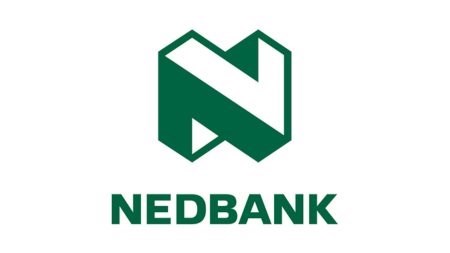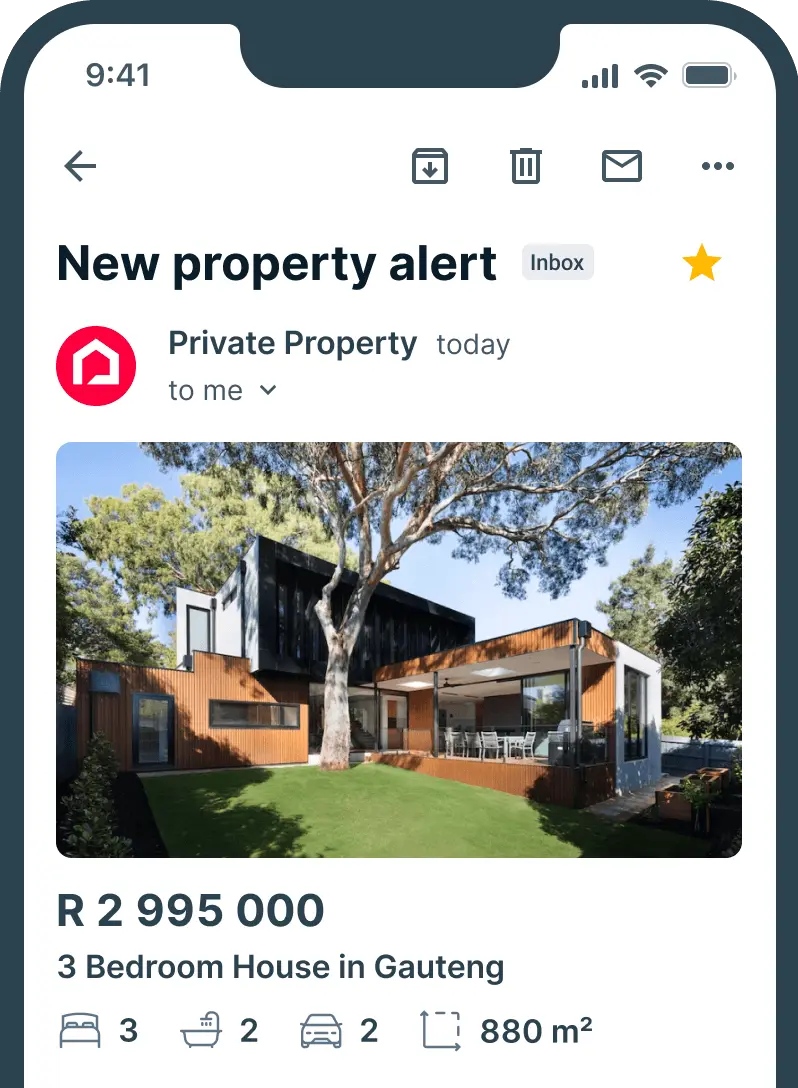The first step toward an accurate picture of home loan affordability is using specially designed calculators available below.
These tools require you to have a clear understanding of your income and expenses to avoid applying for a home loan only to be rejected. For more details, see How to use a bond calculator and secure a good home loan. As a general rule, you should not spend more than 30% of your gross monthly income on your home loan repayment.
The 30% rule
Careen McKinon, Head of Sales at ooba Home Loans, explains that banks have long used a maximum 30% instalment-to-gross-income ratio as a measure of home loan affordability. The National Credit Act promotes responsible lending practices. Therefore, aside from the 30% rule, banks also ensure that the applicant has sufficient net surplus income to afford the home loan repayment."
Net surplus income is the amount left after all salary deductions, monthly debt instalments, and household expenses are subtracted from the applicant’s gross income, McKinon notes. "If an applicant’s net surplus income is less than 30% of gross income, the bank will adjust the loan instalment to align with the applicant’s net surplus income."
Banks also conduct a stress test to ensure the applicant can afford the home loan repayment in a rising interest rate environment. While recent trends have shown lowering interest rates, they could fluctuate based on economic factors.
Formula for affordability
ooba Home Loans has applied the 30% rule to a formula to determine the salary needed to buy a property in a specific area:
- Determine the average price of a property in the area.
- Calculate the monthly home loan repayment for that property.
- Compare the monthly repayment to your salary to ensure it does not exceed 30%.
Example:
- The average property price in the Western Cape is R2,310,712.
- Using a bond calculator, the average monthly repayment for this amount (assuming a 20-year term, 10% deposit, and a prime lending rate of 11%) is R21,466.
- R21,466 represents 30% of R71,553.
- Therefore, an average salary of R71,553 is required to buy a home in the Western Cape, South Africa’s most expensive province. Note that this varies by area.
Regional salary requirements
Based on the current prime lending rate of 11.0%, ooba Home Loans provides the following estimates for the four largest regions in South Africa:
| Region | Average Property Price | Required Monthly Salary |
|---|---|---|
| Eastern Cape | R1,554,045 | R48,123 |
| Western Cape | R2,310,712 | R71,553 |
| KwaZulu-Natal | R1,478,021 | R45,766 |
| Gauteng | R1,517,709 | R46,996 |
It’s advisable to reassess affordability at a higher interest rate to ensure you can afford the property if rates rise. This also provides a financial buffer if your application is successful.
“For first-time home buyers, it’s crucial to leave enough room in their budget for other expenses associated with buying and maintaining a property,” says McKinon.
Pre-qualification
ooba Home Loans and Private Property recommend that first-time home buyers apply for a home loan pre-qualification. This process provides a clear idea of what you qualify for, ensuring you search for properties within your budget. Pre-qualification also strengthens your offer, as sellers know you are likely to secure financing for the proposed amount.




